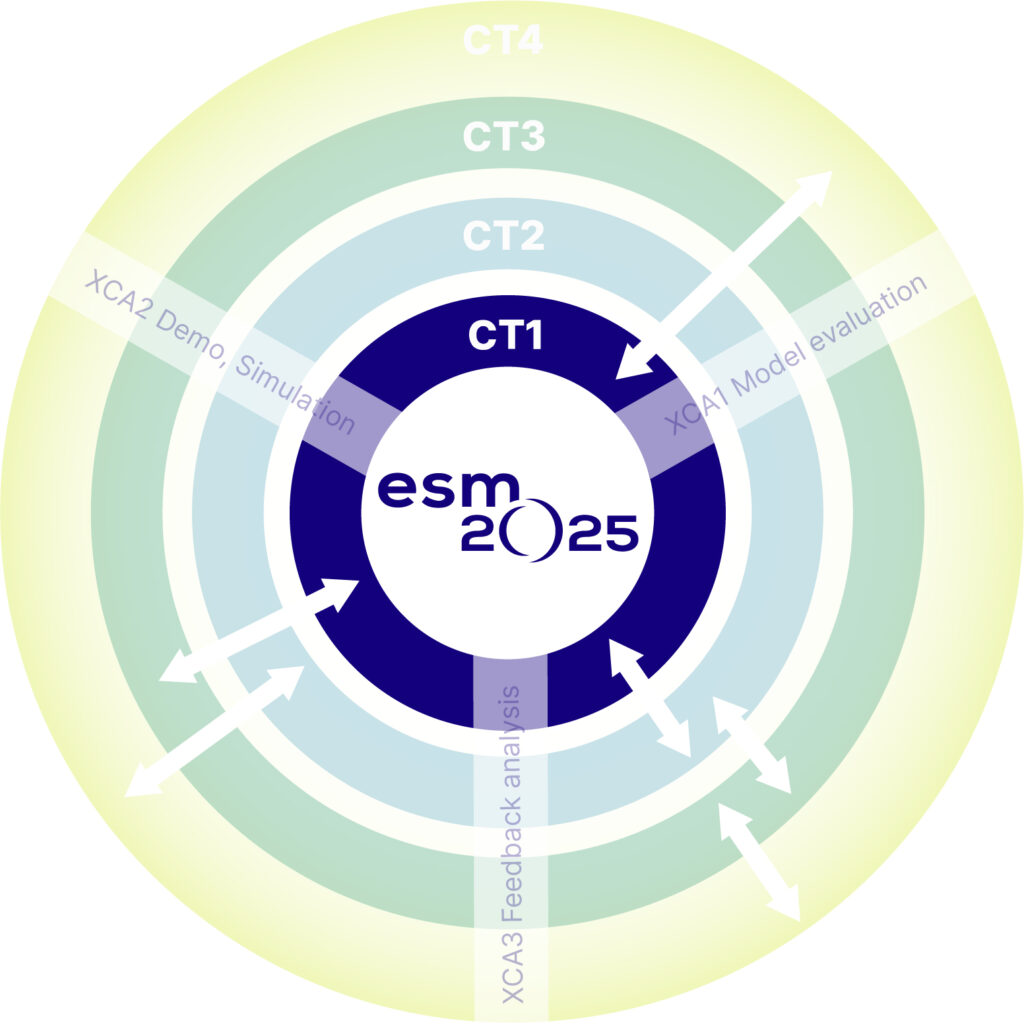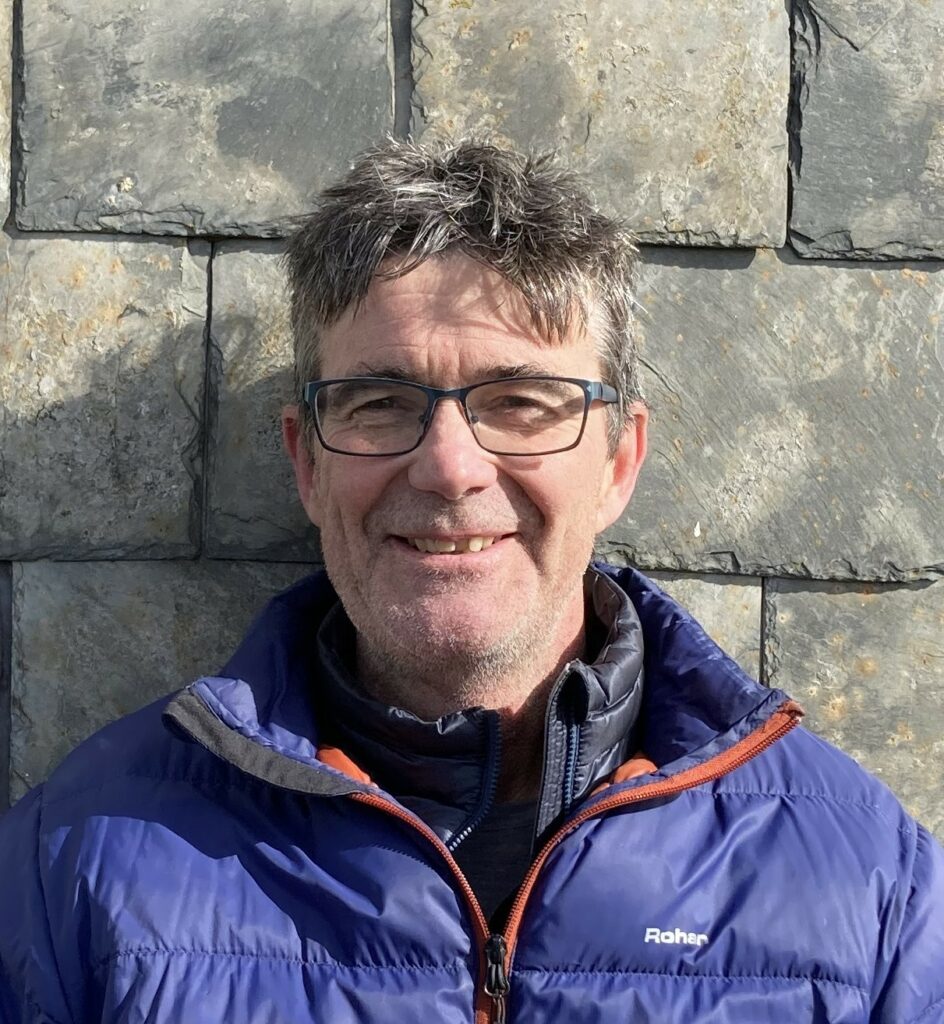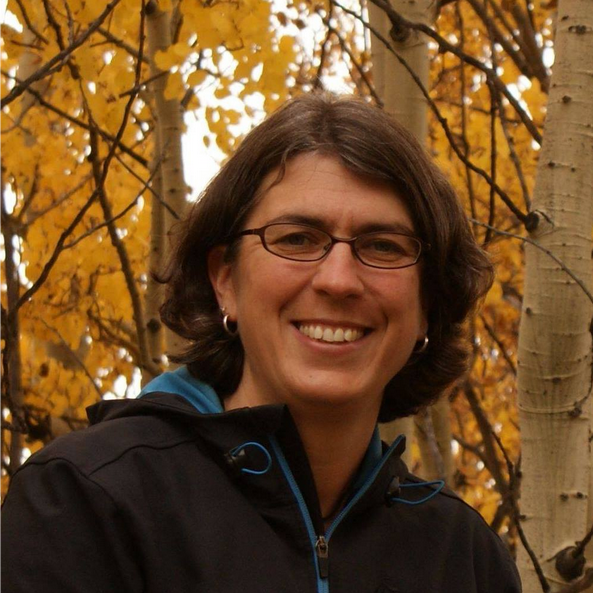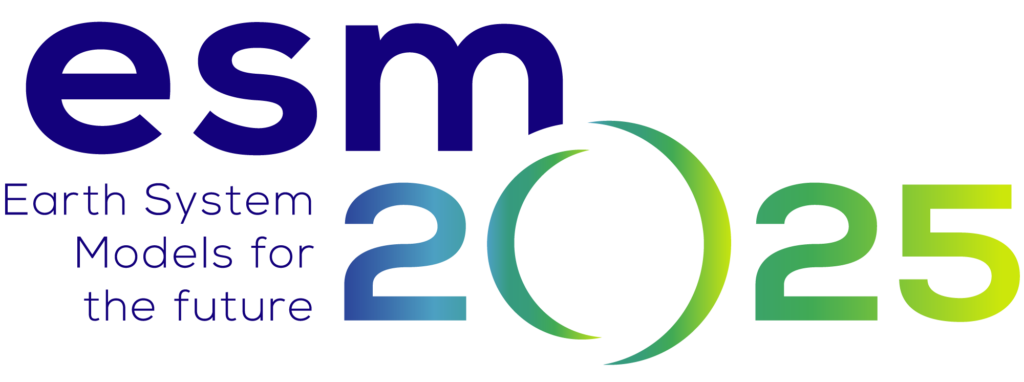Core Theme 1 - Improving processes realism in ESMs
This core theme consists of three workpages that aim to improve the representation of a number of important processes in the 5 Earth system models of ESM2025: WP1 – Atmospheric processes, WP2 – Land processes, and WP3 – Ocean, Marine Biogeochemistry and Cryosphere processes . The developments made in CT1 will feed into a new generation of ESMs with a more complete representation of key biogemical cycles.
We will develop and implement a range of new or improved process descriptions (called parameterizations) into the ESMs and evaluate their performance against a range of observations. Using these observations, backed up by theoretical understanding of the processes in question, we will then modify the new parameterizations to ensure they reproduce sufficiently well the observed process behaviour. Once a new scheme is working sufficiently well, it will be combined with other updated parameterizations and the overall model component (atmosphere, ocean, ice, land) is run for the recent past to ascertain the new parameterizations deliver an expected behaviour when combined. Once each individual model component is deemed to be working sufficiently well, they are then coupled together and will be used in CT2 to make future Earth system projections.

Improving processes realism in ESMs
WP1: Atmosphere processes
WP2: Land processes
WP3: Ocean, marine biogeochemistry and cryosphere processes
Enabling and exploring new couplings between Earth system components
WP5+WP5: Coupled CH4 cycle
WP6+WP7: Coupled Nitrogen cycle
WP8+WP9: Coupled Dynamical Ice sheets
Connecting with IAMs
WP10: Improving IAM-ESM land use representation
WP11+WP12: Improving reduced complexity climate-carbon cycle models
WP13: Assesment of robust climate mitigation options
Outreach, knowledge exchange and project management
WP14: Operationalisation of the Paris Agreement: Bringing policy and science together and sharing knoledge with the public
WP15: Education and vocational training
WP16: Project and data
WP17: Ethics requirements
Cross-cutting activity 2 - Coordinated and demonstration simulations
Cross-cutting activity 1 - Model evaluation
CT1 Leaders

Colin Jones
I was born and grew up in Wale. I have three grown up children, now aged 27, 25 and 21, who all live in Sweden. I am a keen cyclist and a supporter of Liverpool FC.
In ESM2025, my primary role is to coordinate the model development carried out across CT1. I will also contribute to the science dissemination arm of the project and oversee UKESM contributions to ESM2025.

Birgit Hassler
While I have been told that I have an accent in English that is a combination of influences from the US and New Zealand, you can clearly hear when I speak German that I grew up in Swabia (strong Swabian accent…). I love to spend time outdoors, either rowing crew or hiking, and I also sing in a choir with which I perform classical choir pieces on a regular basis.
In ESM2025, my primary role is to coordinate the model evaluation carried out across CT1. I am also part of WP 4/5 (Methane cycle) for which I will perform the evaluation of the new model simulations with the ESMValTool.
Work Package 1
WP1 will improve the representation of atmospheric composition (aerosols and trace gases) in the project ESMs. An emphasis will be on advancing the degree of interaction between atmospheric chemistry, aerosol, cloud and radiation parts of the models. WP1 will also develop the emission of trace gases and aerosol species from the marine and terrestrial biosphere. A key aim of this work package is to assess the impact of these model developments on historical radiative forcing and future climate feedbacks.
Work Package 2
WP2 aims to improve the representation by ESM land surface models of processes leading to terrestrial emissions of N2O, CH4, CO2, aerosols and aerosols precursors. WP2 will ensure the land surface and vegetation models accurately represent human land-use processes (link with WP10). These models will be used to explore new couplings and feedbacks in the ESMs (in Core Theme 2) and to inform the reduced complexity carbon-climate model OS-MAGICC used in WP11 and 12.
Work Package 3
WP3 aims to improve the representation of “blue” (ocean physics and dynamics), “green“ (marine biogeochemistry) and “white” (interaction with ice sheets) ocean processes in the next generation of Earth System Models. It is crucial to correctly represent these processes in numerical models to better explain and understand future Earth system changes and, in particular, the processes involved in the response of the ocean and the cryosphere to increasing atmospheric CO2 and climate warming.
